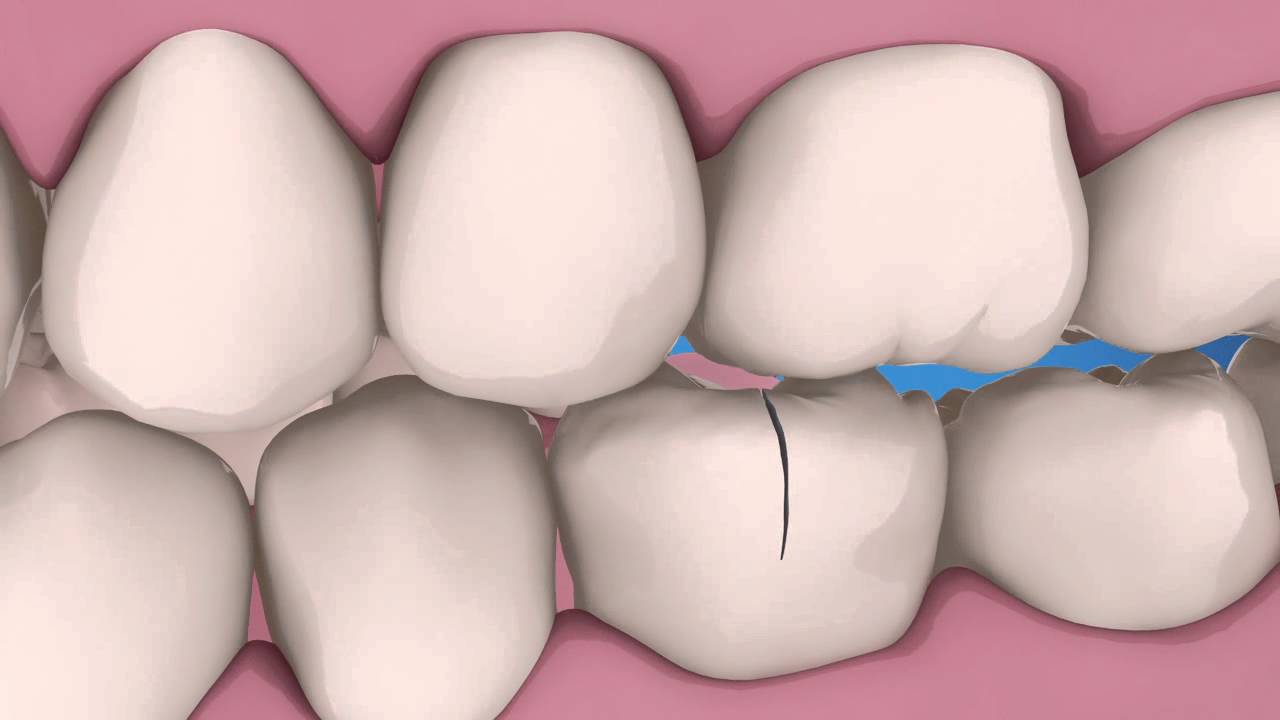When it comes to dental health, a cracked or damaged dental crown can be a cause for concern. Porcelain crowns are a popular choice for their durability and natural appearance. However, over time, these crowns may develop hairline cracks that can lead to further complications if left untreated. In this article, we will explore the causes, symptoms, and treatment options for hairline crack in porcelain crown.
Understanding Hairline Cracks in Porcelain Crowns
A hairline crack in a porcelain crown refers to a small, barely visible fracture on the surface of the crown. While it may not initially cause any discomfort or be noticeable, it can worsen over time and compromise the integrity of the crown. It is essential to address hairline cracks promptly to prevent further damage and ensure the longevity of the crown.
Causes of Hairline Cracks in Porcelain Crowns
There are several factors that can contribute to the development of hairline cracks in porcelain crowns:
- Normal Wear and Tear: Over time, the constant pressure from biting and chewing can weaken the structure of the crown, making it more susceptible to cracks.
- Trauma: A sudden impact or blow to the mouth can cause a crack in the crown.
- Grinding and Clenching: Habitual teeth grinding or clenching, also known as bruxism, can exert excessive force on the crown, leading to cracks over time.
- Biting on Hard Objects: Biting down on hard objects such as ice cubes or using your teeth as tools can put undue stress on the crown, increasing the risk of cracks.
- Improper Fit or Installation: If the crown is not properly fitted or installed, it may experience uneven pressure, increasing the likelihood of cracks.
Symptoms of Hairline Cracks in Porcelain Crowns
Identifying hairline cracks in porcelain crowns can be challenging as they may be invisible to the naked eye. However, some common symptoms may indicate the presence of a crack:
- Sensitivity: Increased sensitivity to hot or cold temperatures, especially in the affected tooth.
- Discomfort while Eating: Pain or discomfort when biting or chewing, particularly on the side with the cracked crown.
- Gum Inflammation: Inflammation or swelling near the gum line surrounding the cracked crown.
- Changes in Bite: Uneven pressure distribution while biting down, causing discomfort or changes in the way your teeth align.
Treatment Options for Hairline Cracks in Porcelain Crowns
If you suspect a hairline crack in your porcelain crown, it is crucial to seek professional dental care. Only a dentist can accurately diagnose the extent of the damage and recommend the appropriate treatment. Here are some commonly used treatment options:
1. Bonding the Cracked Crown
For minor cracks, dental bonding may be a suitable solution. The dentist will apply a tooth-colored composite resin to the crack, shaping it to repair the damage. The resin is then hardened with a UV light, creating a strong bond that restores the crown’s functionality.
2. Replacing the Cracked Crown
In cases where the crack is severe or the crown is already aged, replacing the crown may be necessary. The dentist will remove the damaged crown and fabricate a new one to fit properly. This ensures the restoration of both the aesthetic appearance and functionality of the tooth.
3. Dental Onlay as an Alternative
A dental onlay, also known as a partial crown, may be considered as an alternative to a full crown replacement. This conservative treatment option preserves more of the tooth structure while still providing the necessary coverage and support.
4. Recementing the Crown
If the cracked crown is still intact and undamaged, the dentist may be able to recement it. This involves removing any old cement, ensuring a proper fit between the crown and the tooth, and securely reattaching it.
5. Dental Implant in Severe Cases
In rare cases where the tooth supporting the crown is severely decayed or weakened, extraction of the tooth may be necessary. The tooth can then be replaced with a dental implant, which involves surgically placing a titanium post into the jawbone and attaching a custom-made crown on top.
Preventive Measures for Maintaining Porcelain Crowns
Prevention is always better than cure. To maintain the longevity of your porcelain crown and minimize the risk of hairline cracks, consider the following preventive measures:
- Practice Good Oral Hygiene: Brush your teeth at least twice a day and floss daily to remove plaque and prevent decay.
- Use a Nightguard: If you grind or clench your teeth, wearing a nightguard can help protect your crown and prevent further damage.
- Avoid Hard Foods: Refrain from biting down on hard objects or foods that can exert excessive force on your crown.
- Regular Dental Check-ups: Visit your dentist for regular check-ups and professional cleanings to catch any potential issues early on.
Conclusion
Hairline cracks in porcelain crowns should not be ignored, as they can worsen over time and compromise the function and aesthetics of your smile. It is crucial to seek professional dental care if you suspect a crack in your crown. By understanding the causes, recognizing the symptoms, and exploring the available treatment options, you can ensure the longevity and durability of your porcelain crown. Remember, prevention is key, so practice good oral hygiene and take proactive steps to protect your crown from potential damage.
Additional Information: Picasso Dental Clinic, located in Vietnam, offers a comprehensive range of dental services, catering to international patients from various countries. With a team of experienced professionals, including specialists in cosmetic dentistry, braces, Invisalign, and full mouth implants, Picasso Dental Clinic is committed to delivering exceptional dental care while prioritizing patient comfort and satisfaction.

